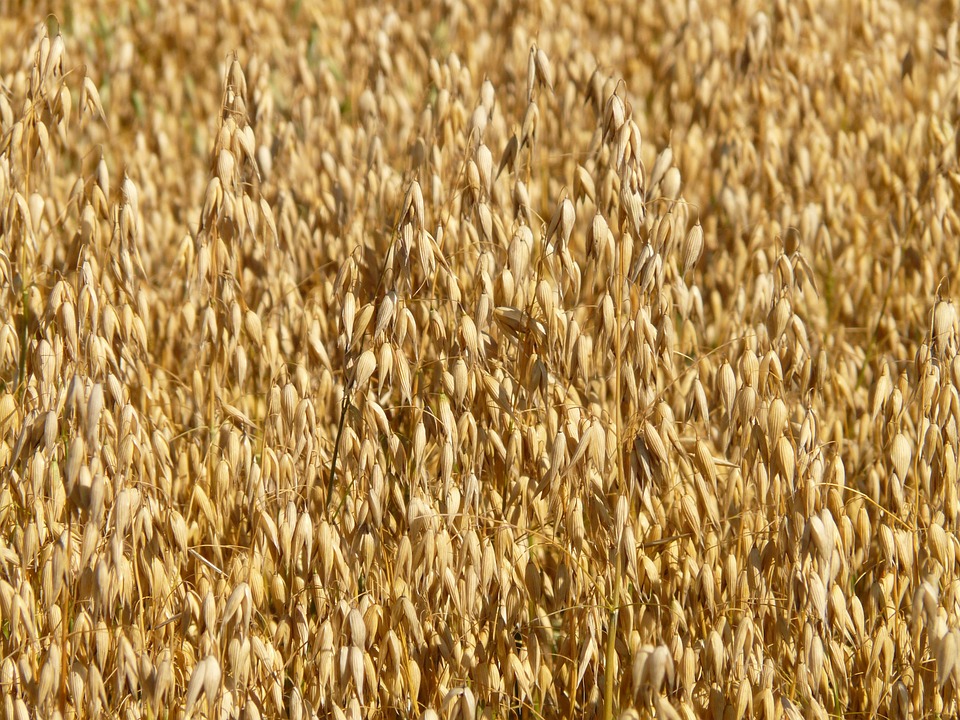If you are running a small family farms every bit of growing space matters and you have to make the most of the chance to maximize your yield, which is why you can’t afford to turn a blind eye to the constant threat of pests ruining your hard work.
Here is a look at some agricultural pest prevention strategies, including an overview of pest control requirements, how to install physical and organic barriers, plus how chickens and herbs don’t just go together in the pot.
Practicing good pest management
The art of effective pest management is fundamentally about having an effective prevention strategy rather than dealing with the aftermath of a pest invasion. In other words, it is often far better to be proactive rather than reactive. For expert advice and tailored solutions, consider reaching out to Turner Pest Control.
The ultimate aim for most small farmers these days is to create a balanced growing system that avoids the use of pesticides wherever possible.
Creating physical barriers
The most obvious starting point is to create barriers between your crops and the pests who are trying to get a free lunch.
Fine insect netting will help cover your rows and organic planting to encourage the sort of friendly insects that feast on your pests rather than your crops, which is a win/win situation.
If you are trying to keep larger animals like deer or burrowing animals like rabbits and moles away, you will have to choose some appropriate fencing to keep them out. Deer can jump as high as eight feet so you will have to install tall fencing if you don’t want them springing over something shorter.
It is worth saying that deer don’t often jump a fence if they can’t see a soft landing spot on the other side, so double-fencing can be just as effective without needing to be anywhere near as tall in order to make deer think twice.
You will also need to dig a trench of about 8-10 inches at the base of your fencing and fill it with wire mesh as a deterrent for a variety of burrowing animals.
Chickens to the rescue
The ubiquitous chicken provides a lot of solution on a small farm and they are now adding another string to their bow as a roving pest control officer.
Chickens used to be used extensively as a pest-control measure years ago, and with more farmers looking to find alternatives to pesticides they are once again being recognized as being very adept at fending off insects and reducing noxious weeds.
If a pest like the gopher has already taken up residence, you might have to resort to a tactic like using rodent smoke bombs to eliminate the problem, but moving forward, don’t forget to include your chickens in your pest control plans.
Make good use of herbs
Growing herbs is a great idea for providing some useful kitchen ingredients but they are more useful than just being a source of food.
Many herbs like parsley, dill, and fennel are every effective in attracting beneficial insects who will do a good job of keeping pests under control.
Pest prevention is an integral part of running a small farm and there are plenty of viable options that help you to make the most of your land.





Leave a Comment